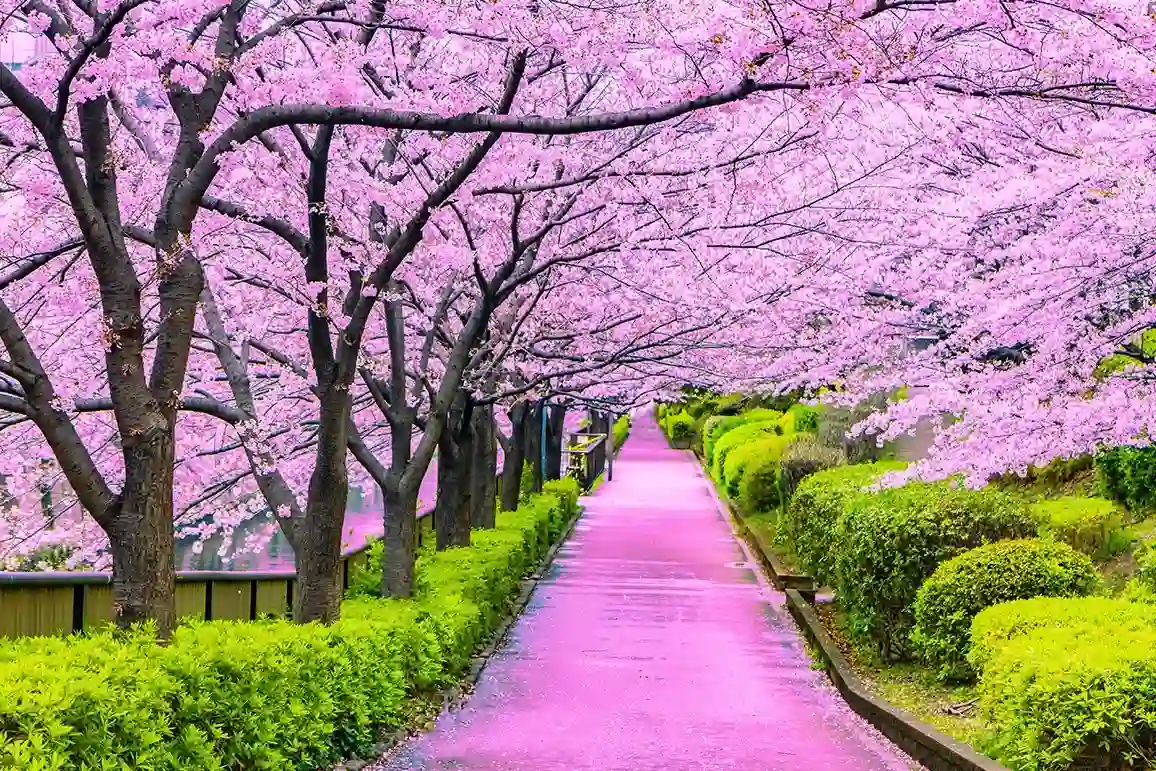From the famous Peach Days in Brigham City to the Strawberry Days in Pleasant Grove, Utah's fruit heritage is rich and diverse. Travelers along I-15 between Perry and Willard, Utah, pass through acres of orchards known as "Utah's Famous Fruit Way."
A recent study conducted by researchers from the Department of Applied Economics at Utah State University analyzes the perceptions and preferences of Utah consumers regarding fresh and packaged fruit products. The research highlights the significant economic contribution of fruit production in Utah and offers insights into consumer behaviors that could shape the future of local fruit markets.
The study emphasizes the importance of fruit production in the state, particularly highlighting the economic value of tart cherries, which generated $7.9 million in 2023. With 3,714 acres dedicated to cherry production, Utah produced over 32.5 million pounds last year. Other significant fruit crops include peaches and apples, grown on 1,310 and 1,104 acres, respectively.
The survey conducted among 384 Utah adults found that consumers increasingly prioritize locally grown products. The results suggest that local fruit production offers several advantages beyond economic ones. Consumers believe that local products are fresher, more flavorful, and of higher quality compared to fruit that has been transported and stored for long periods.
Harvested at peak ripeness, local products often contain higher concentrations of essential nutrients and minimize the risks of contamination, thus improving food safety.
“Taste, price, and freshness were the top attributes considered by over 80% of respondents,” said Kynda Curtis, a specialist in food systems at USU Extension. “While most consumers rely on traditional grocery stores for purchasing fruit, fresh fruit is also commonly bought at farmers markets and local farm stands.”
The study also explored the role of food tourism and agricultural tourism in consumer behavior. Nearly two-thirds of respondents reported visiting farmers markets, while a significant number also frequented restaurants and farm stands that source locally. This trend underscores the growing consumer interest in supporting local agriculture and its benefits.
For more information about the study and to access the full report, click here.
Read the full article: KVNU
Image: Food Growers News
Cherry Times - All rights reserved












